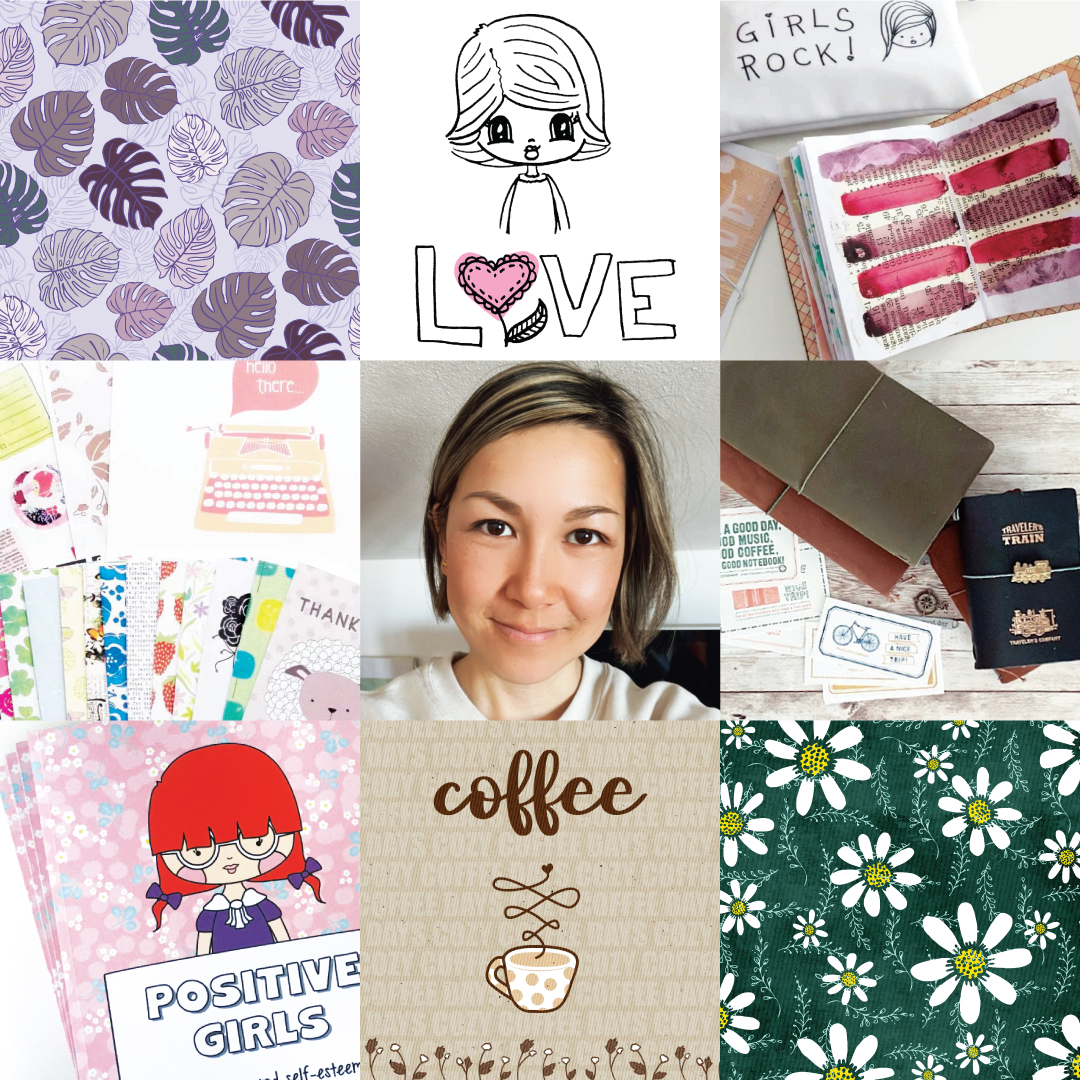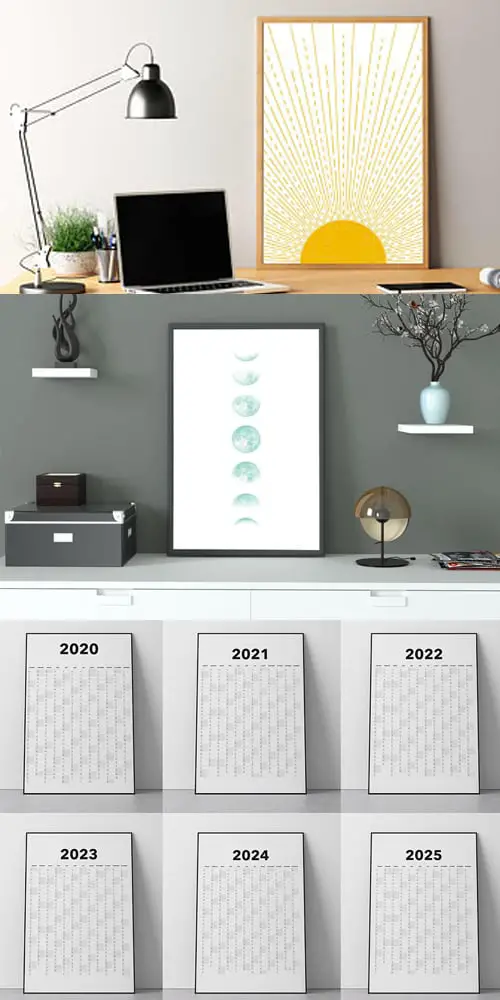Joining in with Pattern Observer’s Book Club meant I was finally able to dive back into reading more this past January. I seem to go in and out of voraciously devouring books – into getting too busy to allow time for reading at all. I’m hoping to replace that rollercoaster habit into a consistent good habit of reading more regularly. I want to document my reading – part accountability and part sharing of the bits that really hit me – so I thought the best is to simply type out the quotes I have highlighted while reading.

Last month we read The Creative Habit by Twyla Tharp and I found it really easy to read and quick to finish. Although many creative junkies might find the topics and concepts familiar, it’s definitely still helpful to dive into the details and examples Twyla provides from her experience as a dance choreographer. Maybe I’m a creative self-help junkie… but I find the friendly reminders, inspirations and motivations of this type really help me. Below are my highlights while reading:
Without learning and preparation you won’t know how to harness the power of that kiss.
Leon Battista Alberti, a fifteenth-centure architectural theorist, said, “Errors accumulate in the sketch and compound in the model.” But better an imperfect dome in Florence than cathedrals in the clouds.
…superstition is nothing more than a ritual repeated religiously. The habit, and the faith invested in it, converts it into an act that provides comfort and strength.
In the words of T.S. Eliot, you’re “distracted from distractions by distractions.”
Alone is a fact, a condition where no one else is around. Lonely is how you feel about that.
The golfer Ben Hogan said, “Every day you don’t practice you’re one day further from being good.”
There’s nothing wrong with fear; the only mistake is to let it stop you in your tracks.
You filter the world through your particular prism.
That’s the power of muscle memory. It gives you a path toward genuine creation through simple recreation.
That’s the true value of the box: It contains your inspirations without confining your creativity.
No matter what system you use, I recommend having a goal and putting it in writing. I read once that people who write down their New Year’s resolutions have a greater change of achieving them than people who don’t. This is the sort of factoid tat is probably apocryphal but, like many urban legends, sounds as though it should be true.
I Guess that’s the real secret to creative preparation. If you’re at a dead end, take a deep breath, stamp your foot, and shout “Begin!” You never know where it will take you.
Scratching can look like borrowing or appropriating, but it’s an essential part of creativity.
The short answer is: everywhere. It’s like asking “Where do you find the air you breathe?”
Ideas take on many forms. There are good ideas and bad ideas. Big ideas and little ideas. A good idea is one that turns you on rather than shuts you off. It keeps generating more ideas and they improve on one another. A bad idea closes doors instead of opening them. It’s confining and restrictive. The line between good and bad ideas is very thin. A bad idea in the hands of the right person can easily be tweaked into a good idea.
As Freud said, “When inspiration does not come to me, I go halfway to meet it.”
To generate ideas, I had to move. It’s the same if you’re a painter: You can’t imagine the work, you can only generate ideas when you put pencil to paper, brush to canvas-when you actually do something physical.
Scratching is where creativity begins. It is the moment where you ideas first take flight and begin to defy gravity. If you try to rein it in, you’ll never know how high you can go.
This, to me, is the most interesting paradox of creativity: In order to be habitually creative, you have to know how to prepare to be creative, but good planning alone won’t make your efforts successful; it’s only after you let go of your plans that you can breathe life into your efforts.
Your creative endeavors can never be thoroughly mapped out ahead of time. You have to allow for the suddenly altered landscape, the change in plan, the accidental spark- and you have to see it as a stroke of luck rather than a disturbance of your perfect scheme. Habitually creative people are, in E. B. White’s phrase, “prepared to be lucky.”
There’s an emotional lie to overplanning; it creates a security blanket that lets you assume you have things under control, that you are further along than you really are, that you’re home free when you haven’t even walked out the door yet.
I know it’s important to be prepared, but at the start of the process this type of perfectionism is more like procrastination. You’ve got to get in there and do.
Remember this the next time you moan about the hand you’re dealt: No matter how limited your resources, they’re enough to get you started.
Obligation is a flimsy base for creativity, way down the list behind passion, courage, instinct, and the desire to do something great.
Art is competitive with yourself, with the past, with the future.
Creativity is an act of defiance. You’re challenging the status quo. You’re questioning accepted truths and principles. You’re asking three universal questions that mock conventional wisdom:
“Why do I have to obey the rules?”
“Why can’t I be different?”
“What can’t I do it my way?”
Questioning what’s gone unquestioned gets the brain humming.
Inexperience erases fear. You do not know what is and is not possible and therefore everything is possible.
Without passion, all the skill in the world won’t lift you above craft. Without skill, all the passion in the world will leave you eager but floundering.
Being blocked is most often a failure of nerve, with only one solution: Do something-anything.
You may not think that doing a verb is practical or productive for anyone but a dancer. I disagree. The chemistry of the body is inseparable from the chemistry of the brain.
The only bad thing about having a good creative day is that it ends, and there’s no guarantee we can repeat it tomorrow.
Knowing when to stop is almost as critical as knowing how to start. How do you know when something is not only the best that you can do but the best that it can be?
In theory, the only perfectly clean room is an empty room.
As Tracy Kidder wrote in The Soul of a New Machine, “Good engineers ship.” In other words, while perfection is a wonderful goal, there comes a point where you have to let your creation out into the world or it isn’t worth a tinkerer’s damn.
You can’t be stoic and strong about everything. Some things in life are just meant to be enjoyed simply because you enjoy them.
Realize that you don’t need elimination, just moderation, so it’s working for you.
Every creative person has to learn to deal with failure, because failure, like death and taxes, is inescapable. If Leonardo and Beethoven and Goethe failed on occasion, what makes you think you’ll be the exception?
…the creative act is editing. You’re editing out all the lame ideas that won’t resonate with the public. It’s not pandering. It’s exercising your judgment.
When you fail in public, you are forcing yourself to learn a whole new set of skills, skills that you have nothing to do with creating and everything to do with surviving.
All I have is the certainty of experience that looking foolish is good for you. It nourishes the spirit. You appreciate this more and more over the years as the need to not look foolish fades with youth. (Remember the centenarian who when asked about the best part of living such a long life replied, “No more peer pressure.”)
A great ending quote, don’t you think? I enjoyed reading The Creative Habit by Twyla Tharp and hope you might be inspired to pick it up as well.



